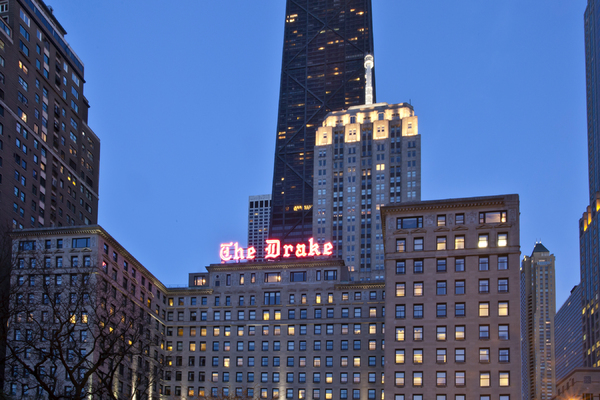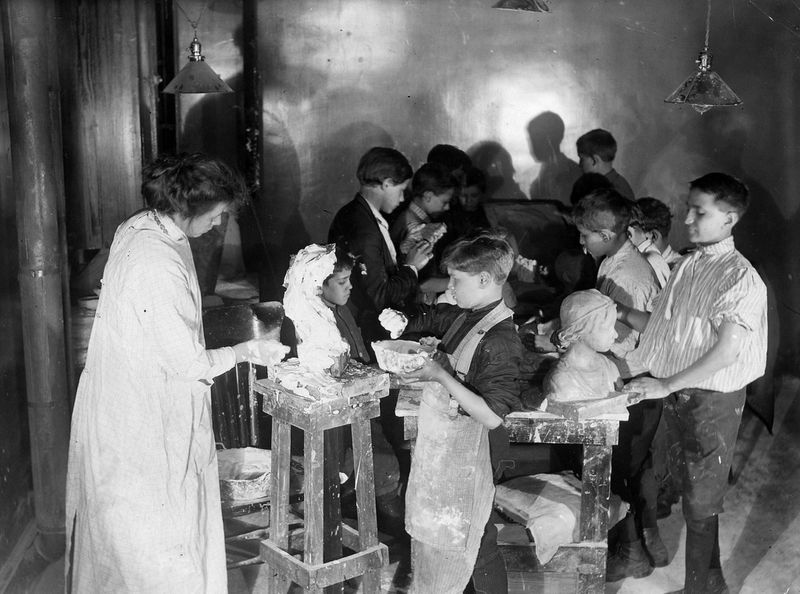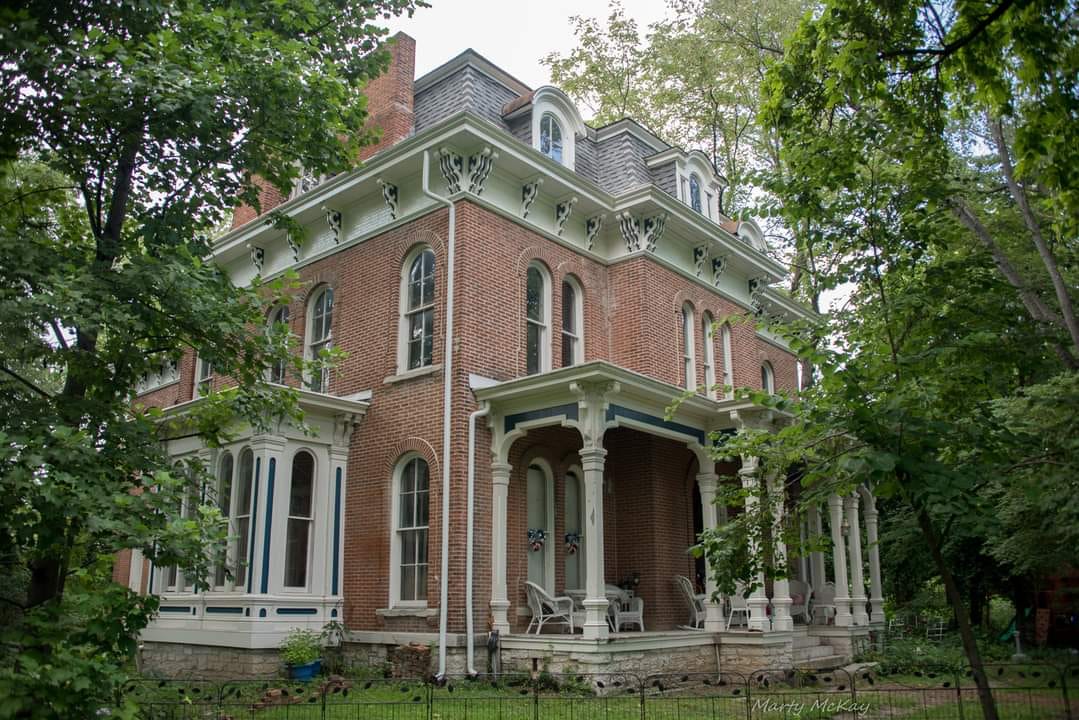Due to the nefarious tales of kidnapping and breeding, Crenshaw House is now said to be haunted by the free blacks who have once lived under deplorable conditions in the mansion.
Visitors who have toured the Crenshaw house have reported sounds of moaning and wailing from the mansion’s third floor. Indeed, two whipping post, believed to punish mutinous slaves, were recovered from the mansion during a cleanup. In one incident reported by the American Ghost Society, self-proclaimed exorcist Hickman Whittington visited the haunted Crenshaw House claimed to have encountered numerous ghosts of the slaves who have died in the house. That very same night, Whittington passed away from a sudden illness.
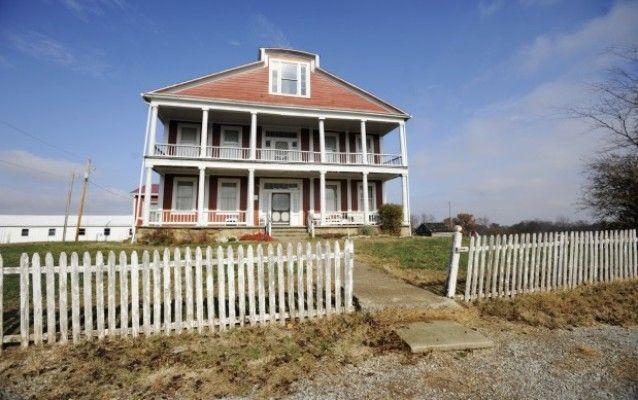
Another legend tells of a huge door in the mansion’s rear wall that provided a sufficiently large opening for a small wagon. It is said that every fortnight, a wagon would drive up a driveway to the rear of the mansion before depositing its occupants. The men and women were then hurried upstairs to the third floor. The rumored doors have since been demolished and what remains is a large wall in the mansion’s dining room.
History of Crenshaw House
Commissioned by local merchant and landowner John Crenshaw in 1834, Crenshaw House (formerly known as the Crenshaw Mansion, or the Crenshaw House) was the residence for Crenshaw and his family of six.
As a lessee of the state-owned salt plants, Crenshaw was one of few citizens in Gallatin County who were allowed to keep slaves. This comes at a time when Illinois was one of several free states that banned slavery. However, salt work owners are exempted from the law and are permitted to use slaves for the laborious job of hauling and boiling salt brine water from the local salt springs. As the owner of over a thousand acres of land and 700 slaves, Crenshaw was one of the wealthiest individual in the state. It was said that Crenshaw’s taxes once amounted to nearly one-seventh of the revenue of Illinois. With his wealth, Crenshaw built the now famous Crenshaw House on top of Hickory Hill near the town of Equality.
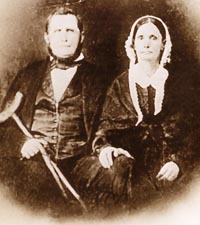
In September of 1840, then-state representative Abraham Lincoln made a trip to Gallatin County to attend several debates held in the area. Mr. Lincoln and several other guests then attended a social event at Crenshaw Hansion before spending the night there.
In 1850, the Crenshaw family moved to the town of Equality. For the next sixteen years, the Crenshaw House was managed by a German family hired by Crenshaw. After Crenshaw’s passing in 1871, the ownership of the mansion was passed to his wife and his children.
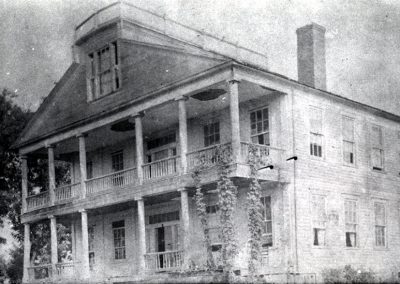
In 1913, the Sisk family purchased the Crenshaw House and began conducting tours on the property. After over 80 years of operation, the historic property-turned museum closed down in 1913. In December 2000, the Crenshaw House was sold to the state of Illinois for a sum of $500,000 and 10 acres. However, little upkeep has been done to the property.
Crenshaw House is currently closed to the public as it is due for a restoration. However, the project, which includes an extensive renovation, a new road and parking lots, as well as new structures, is estimated to cost the state at least $7 million.
Crenshaw House and Reverse Underground Railroad
While Crenshaw was allowed to use slaves for his salt works, he and his business associate James Ford were accused of kidnapping and “breeding” free black and escaped slaves in the free state of Illinois and selling them in the slave state of Kentucky. In the mid 1820s and 1840s, Crenshaw was charged with the kidnapping of free black; on both occasions, he was acquitted. The latter case involved Maria Adams and her seven children who were abducted and sold to a team of slave traders named Lewis and John G. Kuykendall.
Historical records later revealed several other accounts of kidnapping by Crenshaw. In 1828, Frank Granger and 15 other blacks were kidnapped and sold as slaves in Tipton county in Tennessee. In the 1840s, Peter White and three other children were sold to a slave owner in Arkansas for a sum of $800. However, the four were rescued by Walter White, a nephew of General Leonard White. Victims of Crenshaw’s cruelty surfaced all over the slaves states in the south including Kentucky, Tennessee, Arkansas, and Texas.
The third floor of the Crenshaw House was said to be of a large hallway divided into 12 rooms of different sizes. These rooms were rumored to be secret jail cells for kidnapped free black and runaway slaves. However, researches have disputed the claims, suggesting that the cells may have been sleeping quarters. Nonetheless, the historic mansion have earned its name as the Crenshaw House, colloquially known as the Old Slave House.
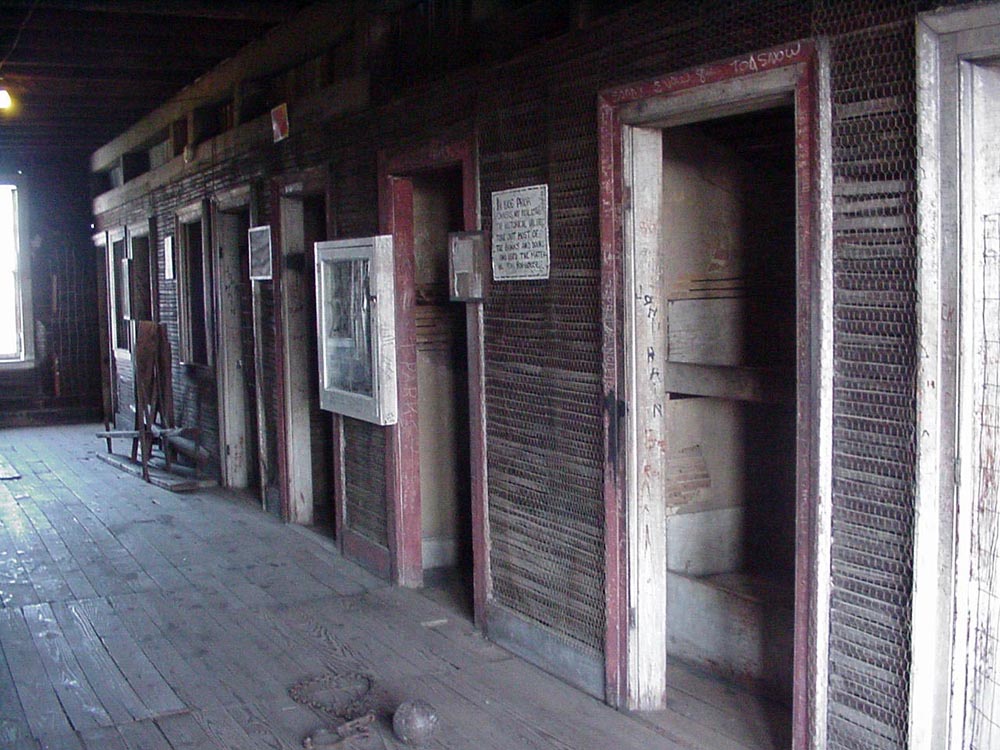
In 2004, the Crenshaw House was named as a “station” on the Reverse Underground Railroad to acknowledge Crenshaw’s abominable practice as well as the mansion’s role in it. Reverse Underground Railroad is a network of slaves traders and human traffickers who abducted tens of thousands of free blacks from the North to sell them into slavery in the South. Stations were safe houses to hide the kidnapped, lines referred to the routes used for the transportation of the abducted, and conductors were smugglers hired to complete the transfer.
Directions to Crenshaw House
To visit theCrenshaw House from Equality Township, drive four miles eastbound along Illinois Route 13 before turning left into Route 1. Continue the drive for approximately half a mile. The Crenshaw House can be found on a hillside on the right side (just before Berry Best Tarps). The address of Crenshaw House is 4325 Crenshaw Ln, Equality, IL 62934, USA. To view the property on Google Maps, visit here.
As of October 2021, the Crenshaw House is closed to the public as it remains as a private property owned by the state of Illinois. The building, as well as the driveway (Crenshaw Lane) leading up to the site, is strictly limited to authorized personnels. Any trespassers caught will be handed over to the local authorities.

